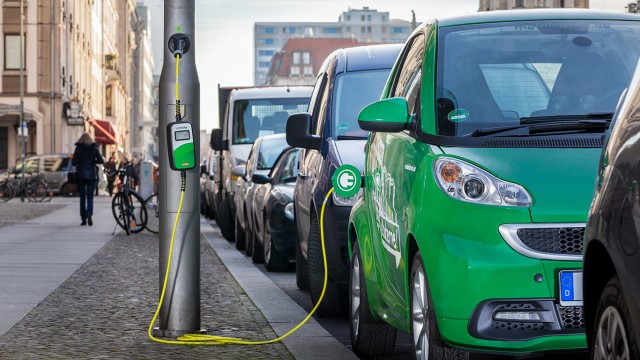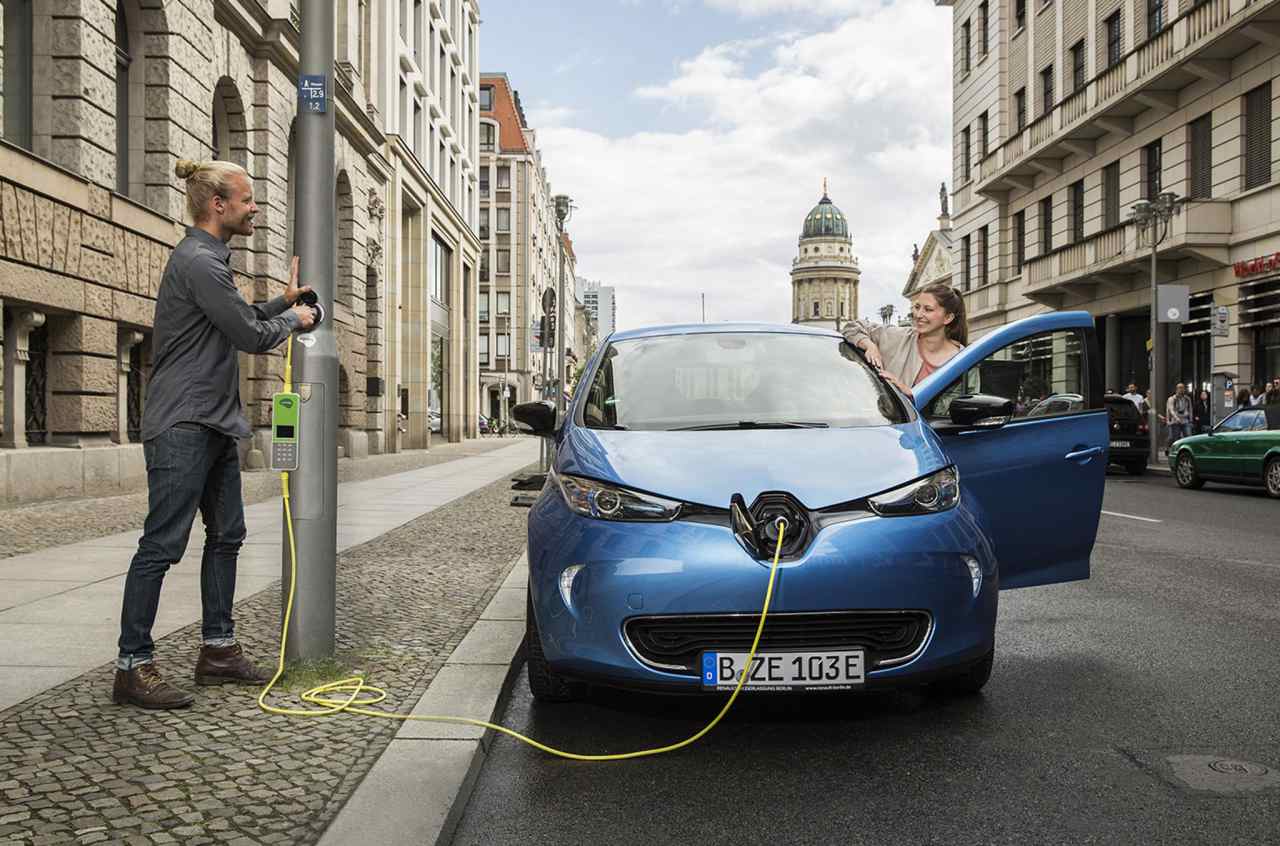Last December, the Valencia City Council confirmed the signing of the agreement to install a dozen new charging points for electric cars. An initiative that shows the proactive role that administrations must have to favor the expansion of sustainable mobility.
It is a format that has been spreading for a long time in different European cities, and that represents an alternative that is not very invasive and annoying for the rest of the users, as it takes advantage of an already-built infrastructure and requires very little work. It also allows to set up a network that favors those users who do not have a garage. Something that helps make electric cars more popular.
According to the city council, a model has opted for bolted to streetlights with a power of 7 kW per point. They will be installed in tandems, and therefore there will be space for two charging points in each lamppost. The squares will be identified with a green color and the symbol of the load, in it, they will be able to park both pure electric cars and plug-in hybrids.

The City Council has indicated that: “This project is part of the city project that this government has promoted and that has placed Valencia at the forefront in sustainability policies and the fight against climate change. The efficient lighting service is doing an incredible job in that regard, and we have achieved that 180-degree turn that has taken our city off that disgraceful list of light pollution in Europe and placed it at the top of another list of cities with good lighting practices.”
Among the competitive advantages of this project, under the name Humble Lamp Post, it is possible to implement at low acquisition cost and a large number of chargers, using the greater or lesser number of lighting control centers that already have an electrical connection; obtaining low operating costs, since it is not necessary to pass on the power term to guarantee the financial balance of the service and the possibility of a progressive adaptation, as required by demand.

